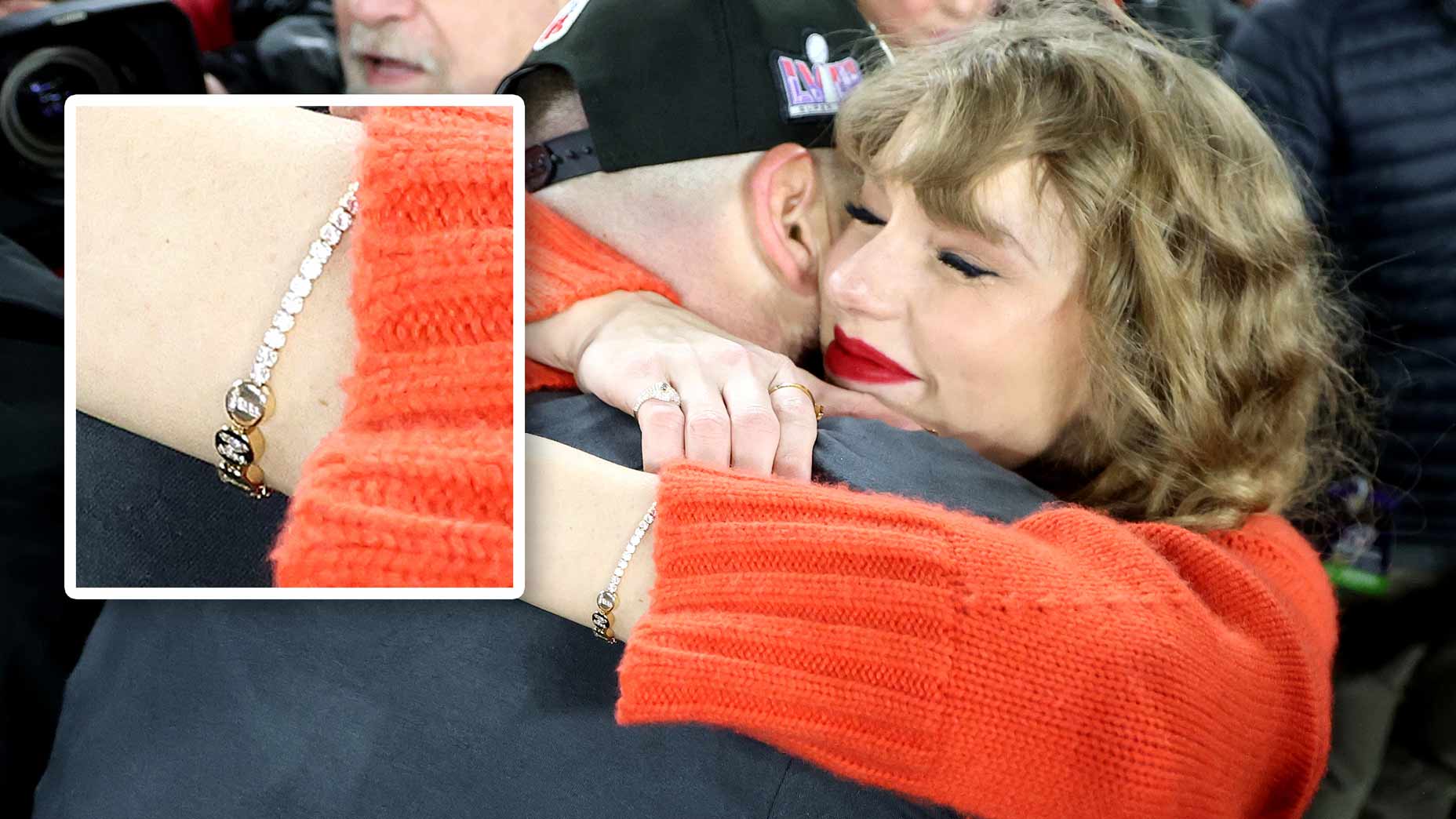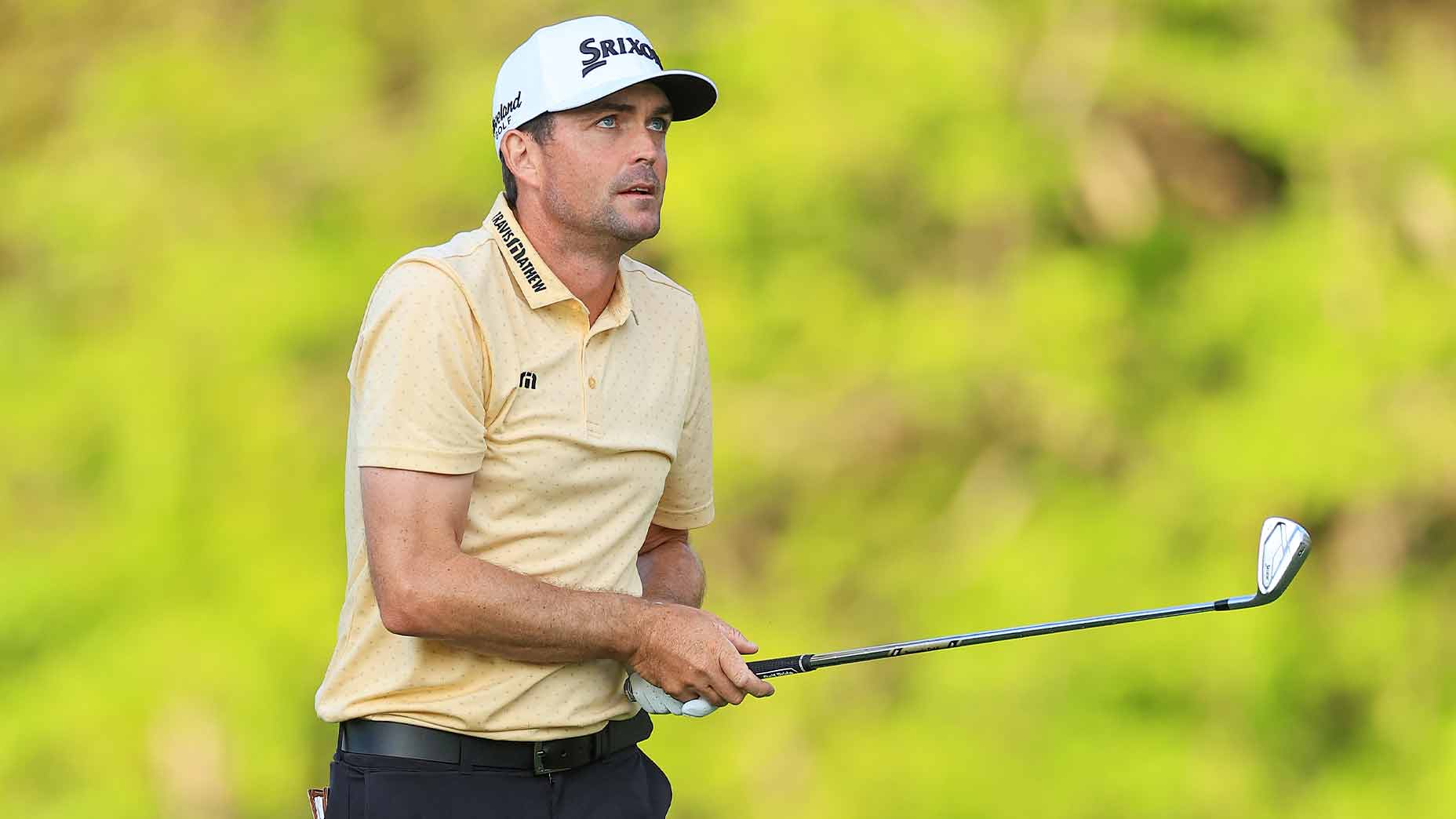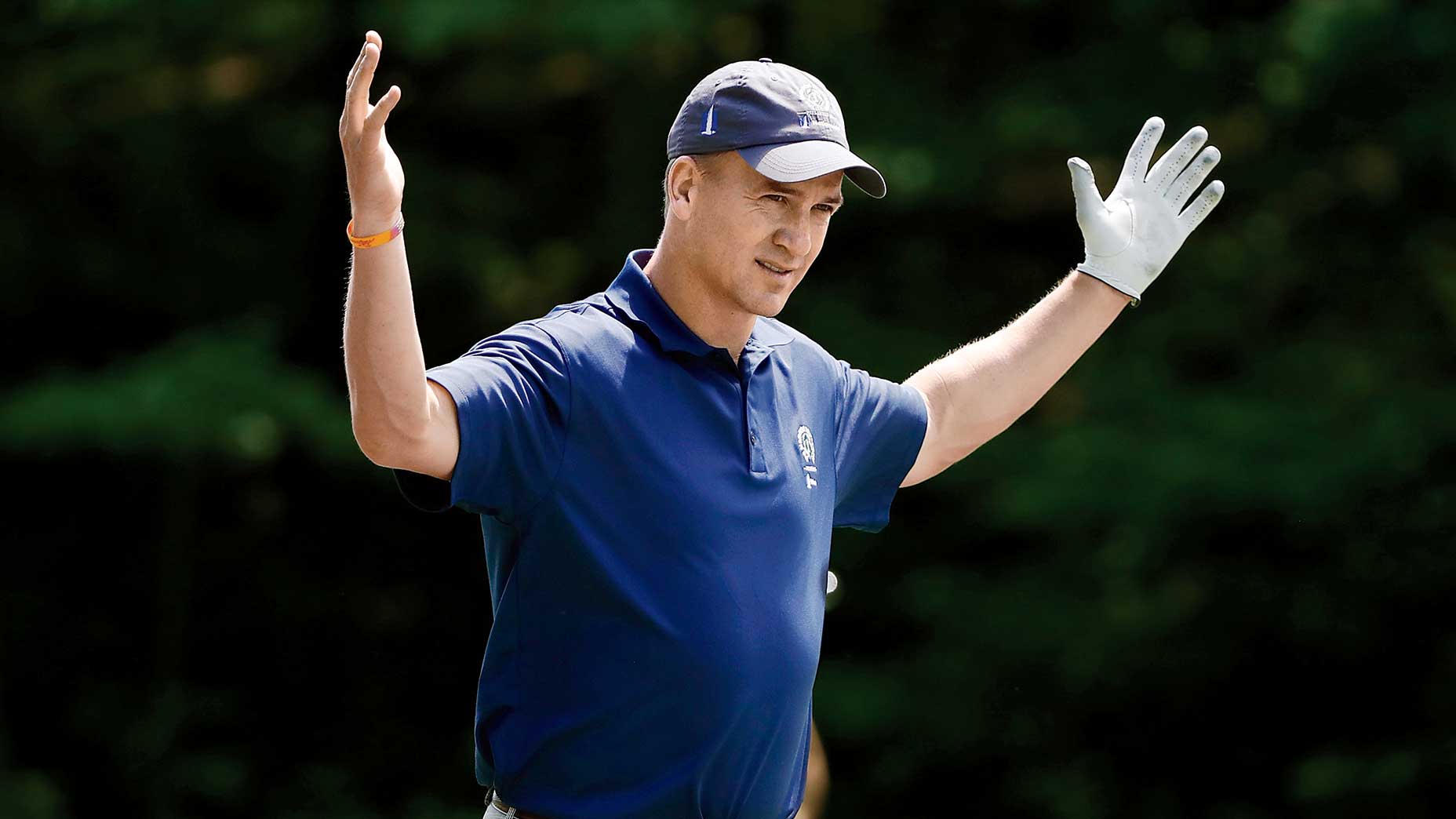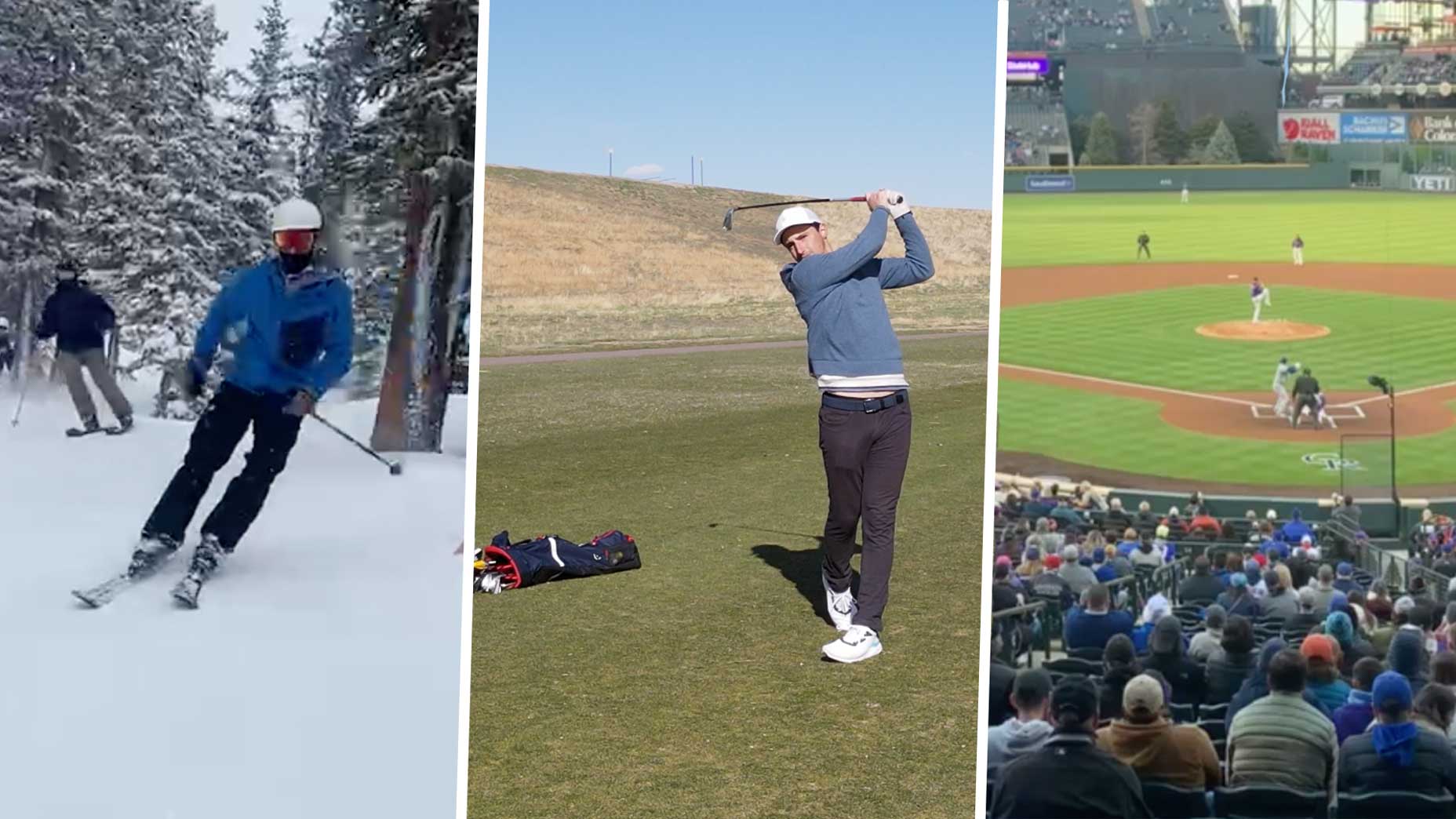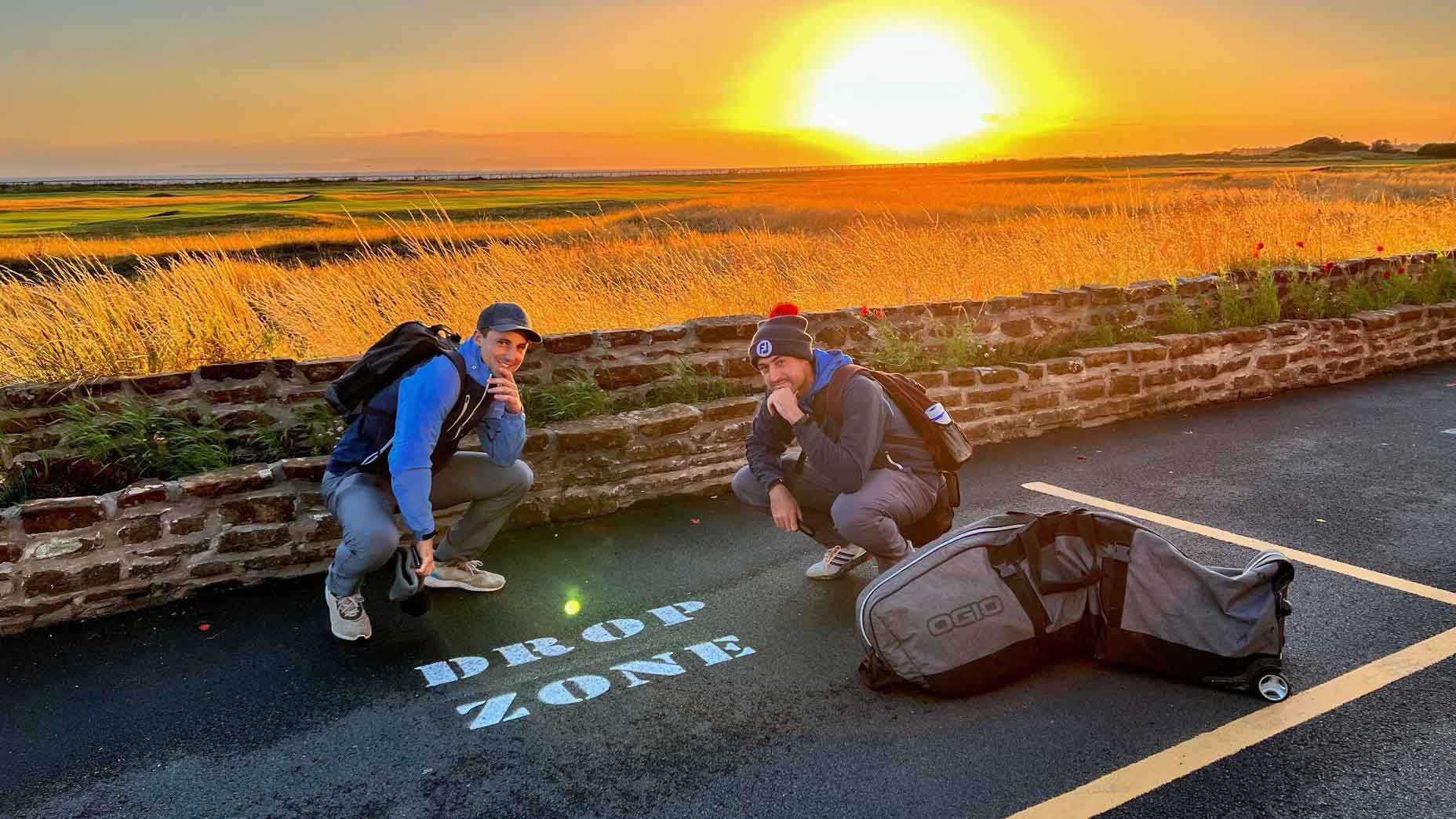How a double bogey became the HIGH of Michelle Wie’s career
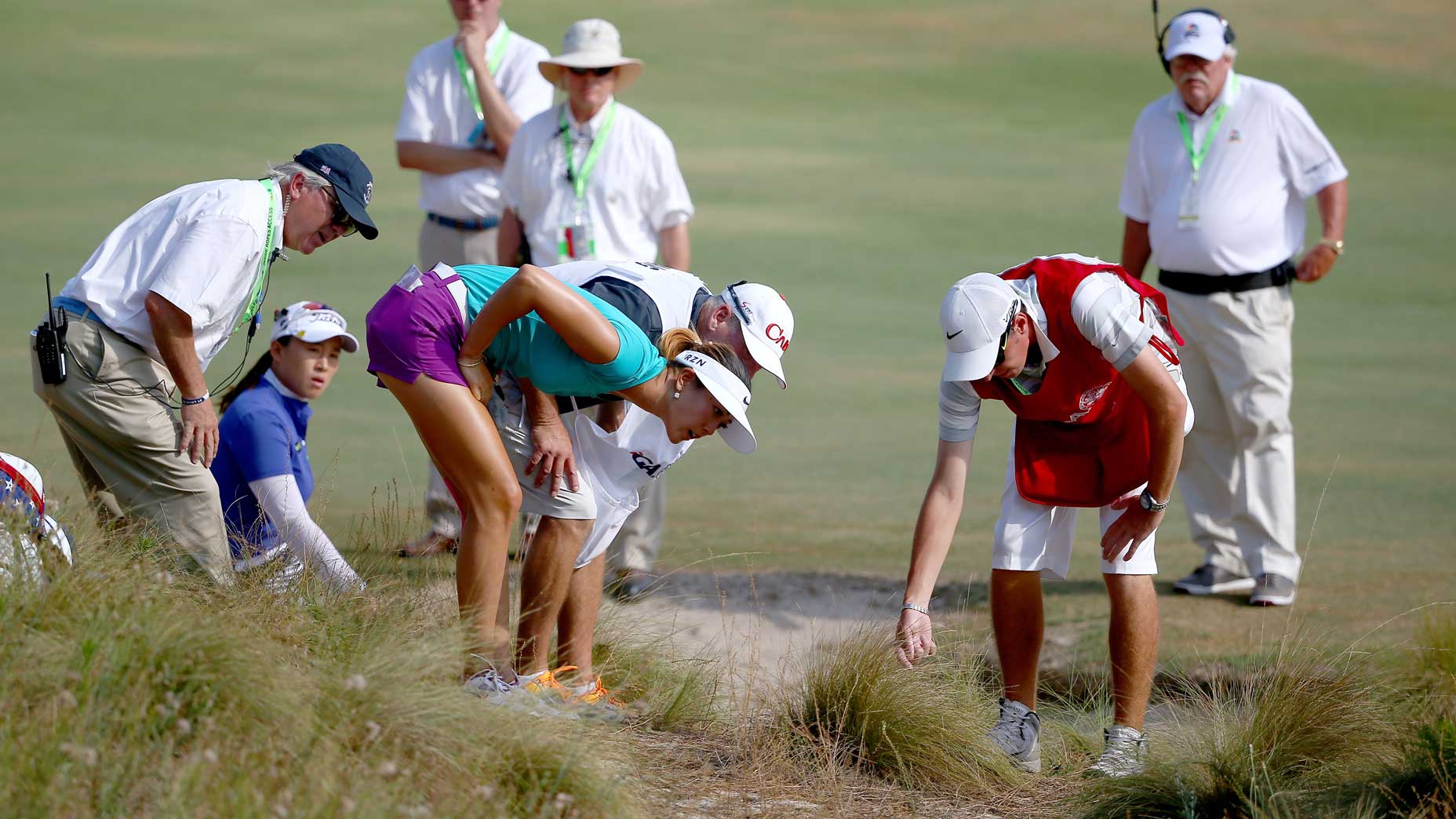
The fate of Michelle Wie's 2014 U.S. Women's Open hung in the balance as she searched for her golf ball on the 70th hole of the championship.
getty images
Like many pro athletes these days, Michelle Wie isn’t too keen about that big, scary word retirement. Serena Williams, not too keen for that word, either. Tom Brady, not too keen as well. And Wie, not a big fan of the weight the word “retire” holds.
“The ‘R’ word is a very capital-letter ‘R’ word,” Wie said last week. “You can’t say ‘retire’ without it sounding so harsh and strong. I think ‘transition’ is a softer word. I also feel like at 32-years-old, using the word retire is kinda obnoxious. Because I’m not retiring. I’m still working, I’m still doing things.”
We had brought up the topic of a retirement to Wie during this week’s Drop Zone Podcast, where we sat down with her to discuss a number of things: the new event she will host on the LPGA next year, what she misses about New York City, what it was like as a teenager taking on the world of pro golf and more. Naturally, that capital-letter ‘R’ word came up, because she is no longer a full-time golfer.
Wie has admittedly played just three times since this summer’s U.S. Open; just don’t go telling her coach that. She’s looking forward to playing again next summer when the ladies take on Pebble Beach. But otherwise, her competitive golf days are fading into the rearview, which is among the most interesting times you can speak with a pro athlete. And with Wie, that’s especially the case.
She has admitted publicly that during the lower points of her career, which were riddled with injury, she wasn’t as forthright with the media about all she was going through. Pro golf can be a lonely space, especially when the on-course results aren’t overwhelmingly positive. And Wie’s response was to play down the injuries and everything she was dealing with.
These days, things are very different. Wie was as reflective as can be when we talked in-depth about her career.
“It was hard,” Wie said. “Playing professional golf full-time was a grind. I’m not going to lie to you. It gave me a lot of anxiety at times. My mental health was not the best at different points.”
She misses it, too. And then there are moments when she doesn’t miss the 10 1/2 months traveling per year. A full career — about two decades worth of being in the spotlight — is a lot to look back on for Wie. But when prompted with a simple question — what is the specific high moment of your career? — she made an interesting choice. The exact moment when she felt the biggest rush of joy was when she made a 6-foot putt for double bogey during the 2014 U.S. Women’s Open at Pinehurst.
Normally a double bogey during a major championship is exactly the kind of thing that would unravel a strong performance and unnerve the player who is just trying to finish 18 holes. But for Wie, that moment brought on some immediate clarity. She had played her second shot into the par-4 16th from a fairway bunker to … who knows where?!? At least that was the reaction from the TV broadcast, which you can watch back here. The waste areas at Pinehurst are normally easy to find balls within, but Wie’s shot went soaring into a bush. She was lucky this happened in 2014 because had it taken place in 2019 or later, Wie’s search for her ball may have eclipsed the new, three-minute time limit. Nonetheless, her caddie spotted it in a horrific, bushy lie.
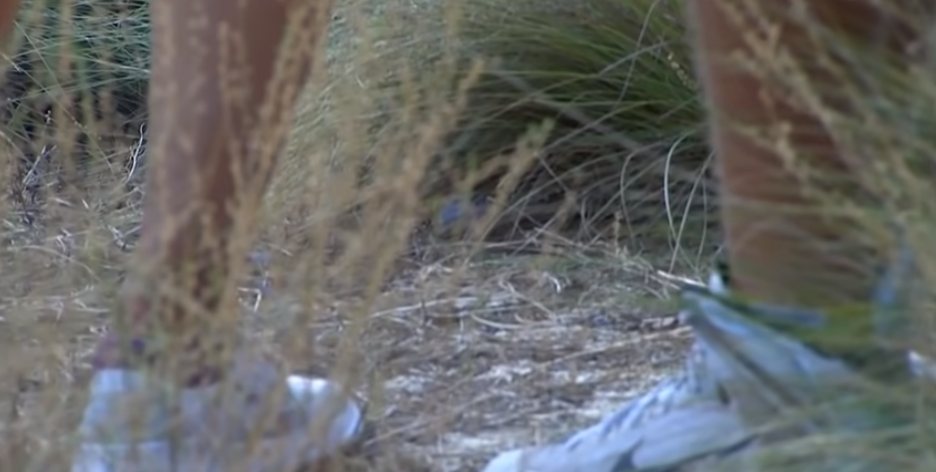
Wie was forced to take an unplayable lie drop, incurring a penalty, hit on the green and two-putt. That’s exactly what she did, but it wasn’t smooth as her double-bogey saver stretched a full six feet. The echoes of local church bells hung in the air. Stacy Lewis was staying loose on the practice range. Everyone surrounding the 16th green was hanging on Wie’s putt, which poured right into the center of the cup.
With two holes to play, she held a one-shot lead and as wide a smile as we had seen all day. “Peak joy moment was probably when I made that 6-foot double-bogey putt on 16 when I found my ball,” Wie said, now eight years removed. “That stands out more to me, more than the birdie putt I made on 17. I still vividly remember walking down to the 18th green and just seeing everyone there. I had friends from Hawaii there wearing these loud, obnoxious aloha shirts. I remember throwing a Shaka to them and just seeing everyone. Making that final putt, I still vividly remember how relieved and how happy I felt.”
For the uninitiated, Wie took that deep sense of relief to the 17th hole and made birdie on the long, tricky par-3, giving her a comfy two-shot lead walking up the 18th hole. She handled the rest from there to win her crowning achievement, the U.S. Women’s Open trophy. She tells us even more about her career, any regrets she has and how she wants to change the game moving forward in this week’s episode of the Drop Zone. Check out the interview below and subscribe wherever you listen to your podcasts.


